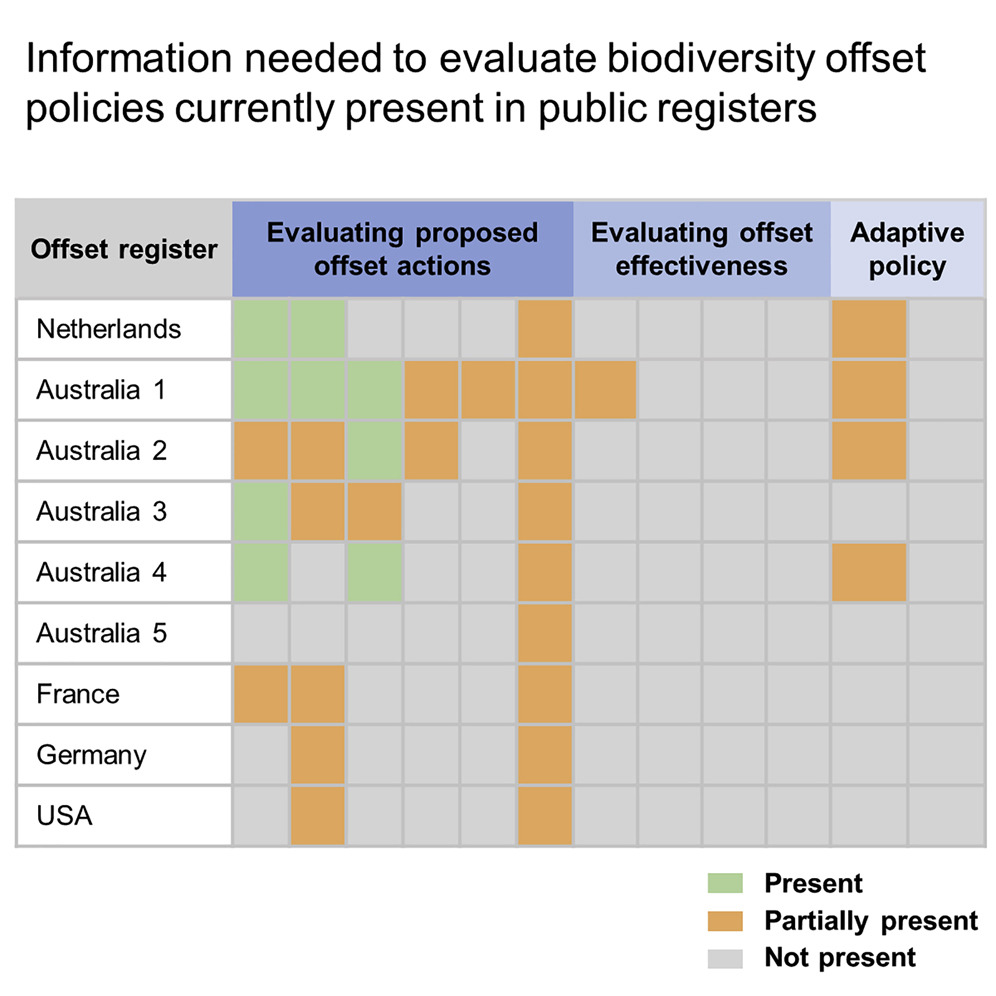Energy Nexus, Volume 7, September 2022, 100093
One Earth, Volume 5, 17 June 2022
Applied Food Research, Volume 2, June 2022
Applied Food Research, Volume 2, June 2022
Mark John Costello, Restoring Biodiversity and Living With Nature (Based Solutions), Editor(s): Dominick A. DellaSala, Michael I. Goldstein, Imperiled: The Encyclopedia of Conservation, Elsevier, 2022, Pages 7-14, ISBN 9780128211397
Roberta Mendonça De Carvalho, Claudio Fabian Szlafsztein, Ecosystem Services and Air Pollution - Nature's Main Provider Interconnects Forest and Cities to Regulate Air Quality, Editor(s): Dominick A. DellaSala, Michael I. Goldstein, Imperiled: The Encyclopedia of Conservation, Elsevier, 2022, Pages 88-97, ISBN 9780128211397
Imperiled: The Encyclopedia of Conservation, 2022, pp 113-120

